Hill Sprints and Kenyan Hill Running Sessions
To some, the idea of repeatedly running up and down a hill when there are a whole host of flat-surfaced alternatives available, might sound insane but adding weekly or bi-weekly hill sprints or Kenyan hill training session to your training schedule can be hugely beneficial.
And like treadmill workout training, these hill sprints are great for runners of mixed abilities to do together.
Benefits of Hill Sprints
In simple terms, when running uphill the muscles in your hips, ankles and feet are forced to contract more powerfully as they strive to overcome gravity in order to move you up the gradient. This results in strengthened tendons and ligaments which provides an added bonus of reducing the risk of injury and improving overall running form. Well that’s the idea.
Where to Start
Step 1 – Find a Hill
The type of hill you need will depend on the training session you intend to do. For hill sprints look for a hill that is relatively quiet of both traffic and pedestrians. You’ll need a stretch of hill that will take somewhere between 25-45 seconds to ascend that is of a gradient of about 20%, but it doesn’t have to be an exact science.
For a Kenyan hills training session you’ll typically need a longer stretch than you would use for the hill sprints sessions. Ideally you are looking for a 10% incline that would take something in the region of one-two minutes to ascend, but you may need to adapt this depending on your geographical location.
The best way to find suitable hills is to go out for a drive round the neighbourhood. It’s entirely possible that, unbeknown to you, you happen to live round the corner from the most perfect specimen for a brutal hill sprint session. Equally, you may leave in Milton Keynes. If you can’t find anything suitable ask Uncle Google.
Step-2 – Warming Up
A hill session is not like any other running session and should be treated with respect when it comes to the warm-up; make sure you throw in some dynamic stretches.
Step-3 – Technique
Running uphill is harder on the body than running on the flat, so it’s vital that you try and maintain good form throughout. Leave Phoebe from Friends at the foot of the hill and think about the following when you are ascending:
- Drive up and forwards from the balls of your feet, your heels should not be touching the ground.
- Pick your knees as you drive from your feet and keep your hips forward. You should not be bouncing from side-to-side.
- Keep your head up and eyes looking forward, don’t stare down at the pavement.
- Keep the shoulders back and your chest out, don’t slouch over.
Add some gravity inspired oomph to your training by giving some of these hill sprint and Kenyan hill training sessions a go.
Hill Sprints
For these hill sprints, you’ll be sprinting up the hill and jogging on the way down the hill allowing for recovery while not letting your heart rate to drop too low.
Hill sprints like these provide a great mixture of power and lactate-improving benefits and are useful for all athletes from 60 meter specialists to long-distance runners, and are perfect for 5k runners!
- Warm up thoroughly.
- Sprint up the hill, trying to maintain an even running pace throughout.
- Jog back down at roughly half the speed.
- After 5 hill sprints, recover at the bottom of the hill for 2-3 minutes until your heart rate is down and you’re ready to go again.
Repeat x 3.
Kenyan Hill Training
Kenyan Hill running involves continuous running up and down a hill at a solid steady pace for a defined duration. Unlike hill sprints where once at the top of the ascent you would jog back down while recovering (and gulping for air), with Kenyan hill running you turn immediately at the top and run back down the hill at a consistent pace. For example, if it takes two minutes running up the hill it should take two minutes running back down; you’ll need to push on the ascent and relax and lengthen your stride for the descent.
As the name suggests, this is a hill training method used by the natives in the hills of Kenya and while you may not be able to match the altitude of Kenyan hills where you live, these sessions might be worth a go as I’ve a feeling Kenya might have produced one or two half-decent runners over the years!
- Run at a solid steady pace.
- Turn immediately at the top and run down the hill with a long relaxed stride, then turn and repeat without resting.
- Continue for ten minutes trying to keep as consistent a pace as possible for the uphill and downhill parts.
- After ten minutes rest for 3 minutes or until you are completely rested.
Repeat x 2 or 3 sets of ten minutes





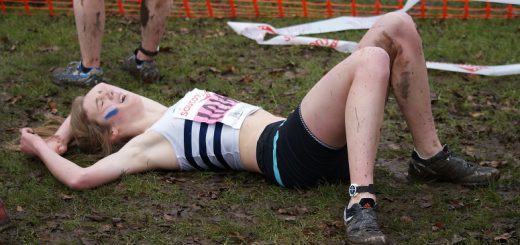
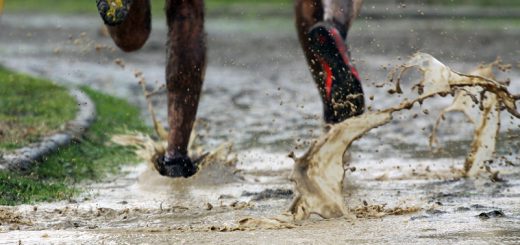
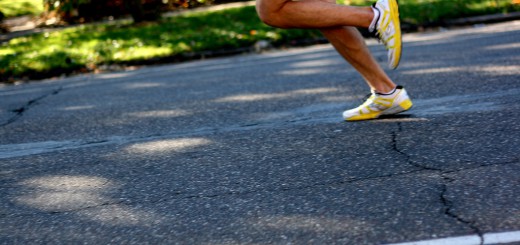
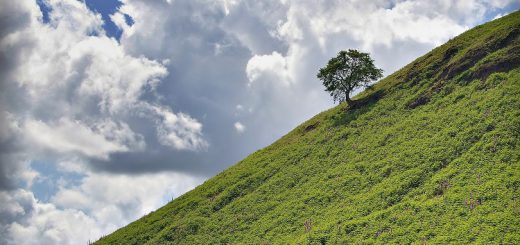
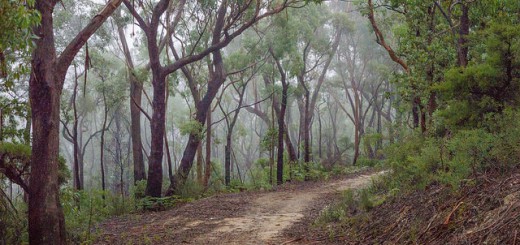
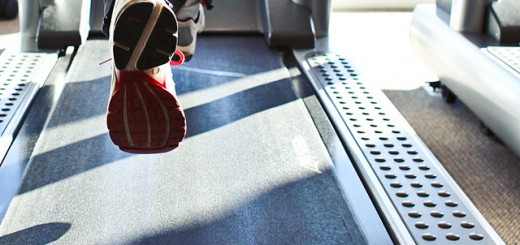
I believe your site is down Matt.
Thanks for letting me know, Jon. Hopefully all back up and working again now.
Exellent
25 or 45 seconds to ascend, is it by running or walking? How long in metres should the hill be?
Hi, the ascent is running; you can jog down. The hill can be any length, you just need to find one that you can run up a portion of for 25-45 seconds that has a decent gradient.
Yes I agree, I really think they mean 30% gradient rather than 30 degrees which is a 58% gradient and pretty hard to find let alone run up.
Hi, yes you are quite right it is a typo: 30 degrees would be completely insane! I’ve amended the text so thanks for pointing it out. Cheers
30 degrees seems to be too much… I don’t even think there are roads that steep
nice inforamtion about the training